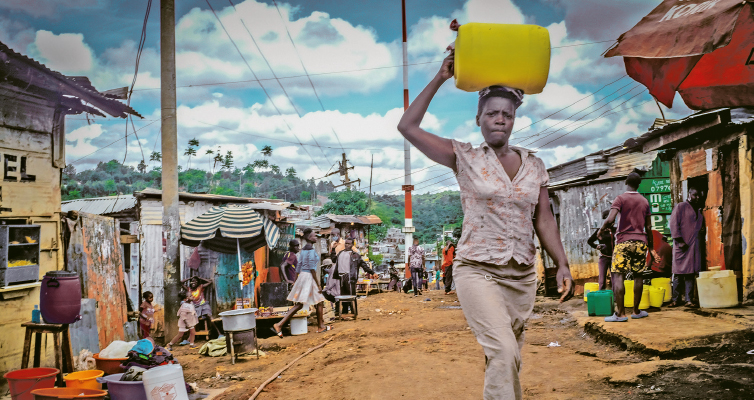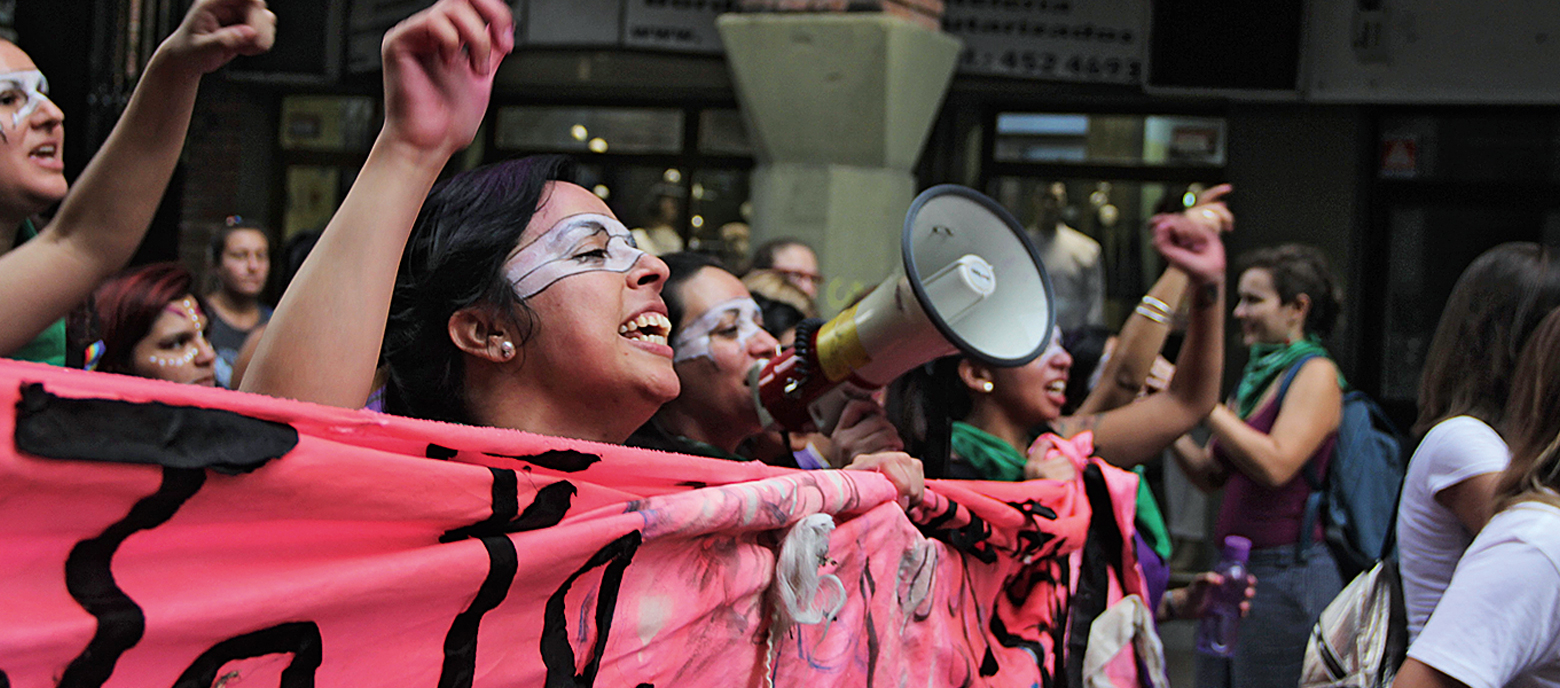Background
Where women conquer the cities
In the cities of Latin America
Nowhere else do a higher percentage of people live in cities than in North and South America. According to UN-Habitat, urban dwellers account for around 80 per cent of the total population. It is therefore unsurprising that women across Latin America have joined forces to campaign for better conditions and greater equality in cities. The non-governmental organisation Red Mujer y Hábitat América Latina y Caribe was established in 1989 to give women a voice and a platform to highlight their concerns. Operating in 14 countries, the network comprises institutions and individuals who are united by the common goal of quite literally creating more space for women in cities. The topics they seek to promote include safer cities, affordable housing, appropriate services and involvement in local decision-making processes. To this end, they develop initiatives, programmes and projects, and share their insights with groups from the other countries. For instance, there are offshoots of the organisation in Rio de Janeiro, Quito, Managua and San Salvador.
In the planning offices of Vienna
Many cities have failed so far to give sufficient consideration to the needs of families and women. There are not enough public toilets, cars have more space than buses, childcare places are lacking and playgrounds are dirty. This was also true of Vienna for a long time. The Austrian capital now uses a gender planning approach, which requires that specific account be taken of the various requirements and interests of different groups. As a consequence of the gender-sensitive planning processes, pavements have been widened, as women traditionally walk more than men. In an effort to make public spaces safer, roads are better lit and paths are more open to view. One of the goals is also to redress the balance concerning the preponderance of streets named after men. Until a few years ago, this figure stood at more than 90 per cent. It is now increasingly common to find Viennese street signs bearing names such as Christine Nöstlinger (author), Maria Trapp (singer) and Rosa Tree (businesswoman).

In the slums of Nairobi
Kibera is a slum in the south-west of the Kenyan capital Nairobi and one of the largest in Africa. It consists of row upon row of huts, most of them without access to clean water, toilets or showers. Rubbish lines the muddy paths. Life here is especially hard for girls and women. Besides generally lacking the privacy they really need for taking care of their hygiene, safety is always an issue too. The organisation Women for Women in Africa organises and finances courses and classes for girls and young women in Kibera to improve their prospects in life. They learn to read and write and, where possible, obtain their school-leaving certificate, which affords them greater independence and freedom.
On the streets of Khobar
Manal al-Sharif set up the Women2Drive campaign in Saudi Arabia to oppose the ban on female drivers in the country. In May 2011, she had a female friend film her driving a car in the city of Khobar and posted the video online. Until then, women had not been permitted to take the wheel in the Arab country, something that Manal al-Sharif considered antiquated in the 21st century. The young woman even served a brief prison sentence as a result, but her actions paid off, galvanising a movement and ultimately bringing about a legislative change allowing women to obtain their driving licence and drive in Saudi Arabia since 2018.

In museums worldwide
The arts scene is male. This was the conclusion of seven female New York artists in 1985 when the Museum of Modern Art (MoMA) was reopened with the goal at the time of displaying the world’s leading contemporary artists. In reality, however, less than 10 per cent of those artists were female. This was something the group was not prepared to accept and so they decided to engage in an unconventional form of protest. They formed the Guerrilla Girls and have campaigned for their cause in gorilla masks ever since. The activists either wear the masks themselves or place them on posters, flyers, etc. The women remain anonymous at all times and it is not known to this day how many members are in the organisation. They denounce discrimination against women in many of the world’s major cities and museums. Other cities besides New York in which the Guerrilla Girls are active include Madrid, London, Paris and Cologne.
published in akzente 2/20
